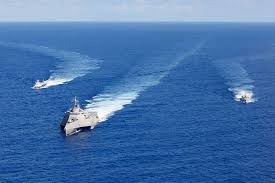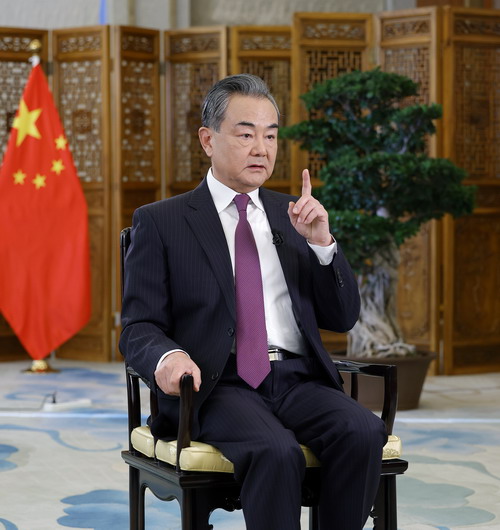by Martin Haffner Associate Editor
In a notable show of military presence, two US Navy warships sailed through the Taiwan Strait on [insert specific date], marking the first time American naval vessels have traversed the sensitive waterway since the inauguration of former President Donald Trump in January 2017. This strategic maneuver underscores the United States’ commitment to maintaining open maritime routes and countering increasing Chinese influence in the region.
The USS Mustin, a guided-missile destroyer, and the USS Benfold, another destroyer equipped with advanced weaponry, conducted the transit in accordance with international law, according to a statement released by the US 7th Fleet. The Navy emphasized that the operation exemplifies the US commitment to a free and open Indo-Pacific, aligning with its longstanding policy to navigate international waters without interference.
The Taiwan Strait, which separates Taiwan from mainland China, has long been a focal point of geopolitical tensions. While the US does not formally recognize Taiwan as a sovereign state, it maintains unofficial ties and provides military support to ensure the island’s self-defense capabilities. The recent naval passage comes amid heightened tensions between the US and China, particularly over issues related to Taiwan’s status and Beijing’s assertive territorial claims in the South China Sea.
“US Navy vessels will continue to conduct routine transits through the Taiwan Strait, demonstrating our commitment to regional stability and our partnerships in the Indo-Pacific,” said Commander of the 7th Fleet. “We are working with our allies and partners to ensure that the Indo-Pacific remains a region of stability and peace.”
China’s government swiftly condemned the US Navy’s actions, with the Ministry of Defense labeling the transit as a provocative move that risks escalating tensions in an already volatile region. “The US must take full responsibility for any consequences that may arise from its actions,” warned a spokesperson from the ministry.
In the wake of the naval passage, Taiwan’s defense ministry expressed gratitude for the US support. “The US commitment to Taiwan’s security is vital for maintaining peace and stability in the region,” a ministry official remarked. The Taiwanese government has been closely monitoring Chinese military activity, including frequent incursions into its air defense identification zone (ADIZ).
The US Navy’s operation comes at a time when the dynamics between the US, China, and Taiwan are evolving rapidly, raising concerns among defense analysts about potential military confrontations in the coming months. As regional powers reassess their strategies, the implications of the US Navy’s presence in the Taiwan Strait will continue to resonate throughout the Indo-Pacific.
As global tensions simmer, the world watches closely to see how this latest demonstration of military resolve will impact relations between the US, China, and Taiwan, and what it means for future operations in one of the most contested maritime regions in the world.



